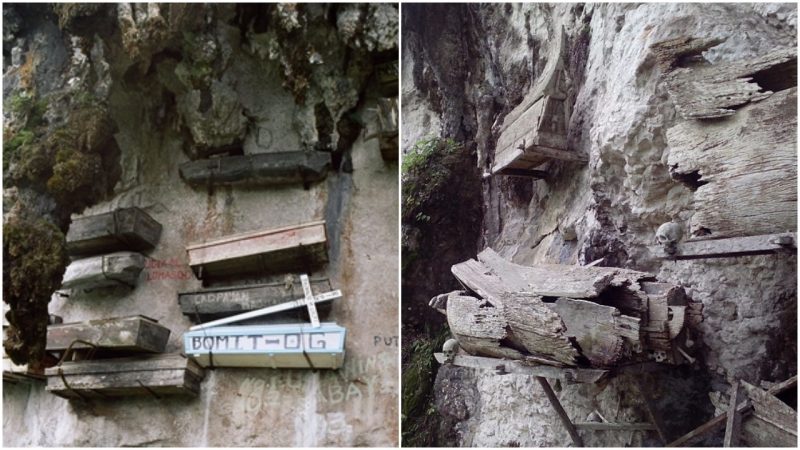Funeral customs of the Western world are pretty straightforward. Ground burial and cremation are the only socially acceptable forms of laying dead people to their eternal rest.
However, various cultures around the world have had different attitudes towards death and burial rituals, and some of the extinct practices might seem unusual or even downright frightening to us today.
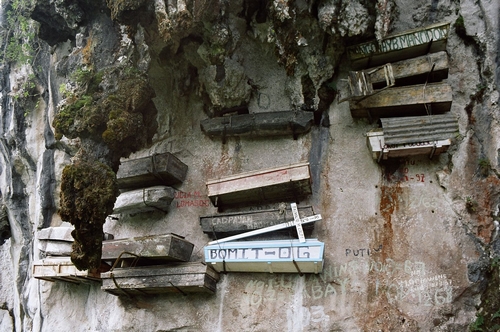
One of these practices is the mystical tradition of the “hanging coffins”. Hanging coffins are the remnants of an ancient funeral ritual and can nowadays be found in several locations in Eastern Asia, including China, Indonesia, and the Philippines.
The coffins were made from hollowed out tree trunks and were placed into man-made caves on the faces of steep hills or onto horizontal wooden beams that were built on mountainsides. Many of them have withstood the test of time and can still be seen in the remote mountains of Eastern Asia.
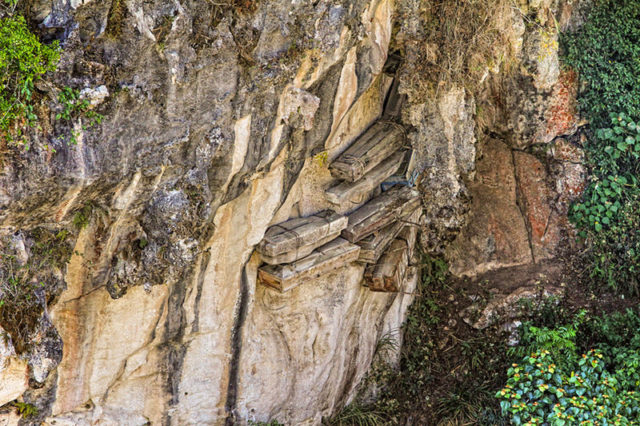
The majority of the hanging coffins were found in the Gonxian Mountains of southern China. They were left behind by the Bo people, a Chinese ethnic group from the province of Sichuan. The Bo people were thought to be extinct since the early 1600s when they were massacred by the army of the Ming Dynasty, but some descendants of the Bo were located in 2005 in the Xingwen County of Sichuan province.
Historians still don’t know the backstory of this peculiar funeral practice. Some believe that the Bo people wanted their dead to rest close to the gods, and they thought that gods would easily reach them if they were suspended in mid-air. Local legends say that the souls of the people buried in the hanging coffins will remain blessed for all eternity.
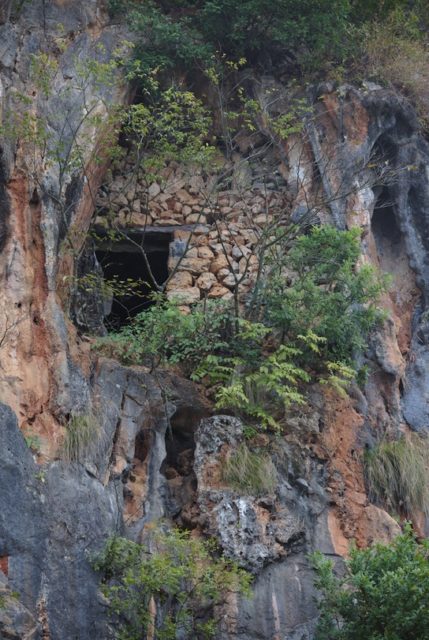
More than 40 hanging coffins were found in the Gonxian Mountains. The oldest ones are as old as 3000 years, and the younger ones date back to the 1500s. They are considered valuable cultural heritage, and archaeologists from all over the world are trying to protect and restore them. Still, several coffins fell from as high as 130 meters and scattered around the surrounding forest.
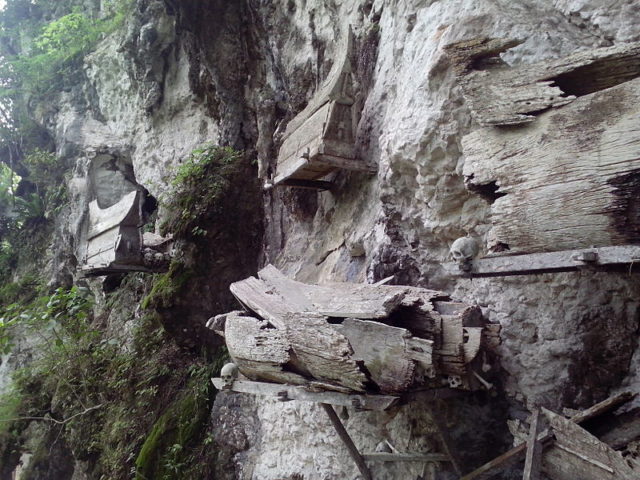
Aside from the Gonxian Mountains, other locations famous for extremely well-preserved hanging coffins are Sagada in the Mountain Province of the Philippines and Quibei County in the Chinese province of Yunnan.
The hanging coffins in the province of Yunnan are called the “hanging tombs” and are placed into small man-made caves.
